Thomas Knowles - Pit Boy to Parliamentarian
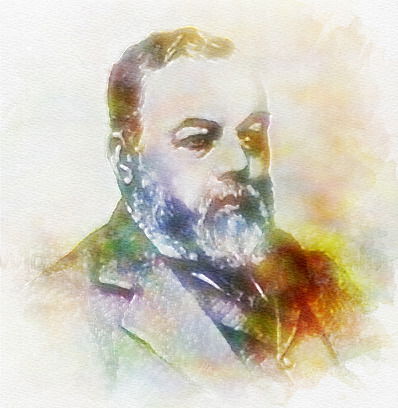
The life of Thomas Knowles, Ince born industrialist of Pearson & Knowles and their varied business interests.
Thomas Knowles was born on 30th May 1824 in Ince, the first child of John and Martha Knowles. His early life was one of hard work and ambition. With only a basic education, he began work in the coal mines at the age of nine. From the outset, he had a clear goal—to one day manage a colliery, and eventually, to own one. Determined to better himself, Thomas spent his own pocket money to attend night school, improving his education while continuing to work full-time.
By the age of 15, Thomas had already been entrusted with the responsibility of operating a winding engine at Platt Lane colliery owned by Thomas Swarbrick of Ince. This job placed the lives of more than a hundred miners in his hands daily, as he was responsible for their safe transport to and from the mine. The 1841 census shows the Knowles family living at the Railway Tavern in Ince, adjacent to Ince Railway station, where his father, John, was a publican and colliery underlooker—an official supervising underground operations. Thomas, then 17, was listed as an engine worker, and his siblings included Mary, John, Robert, Adam, Ellen, and Israel.
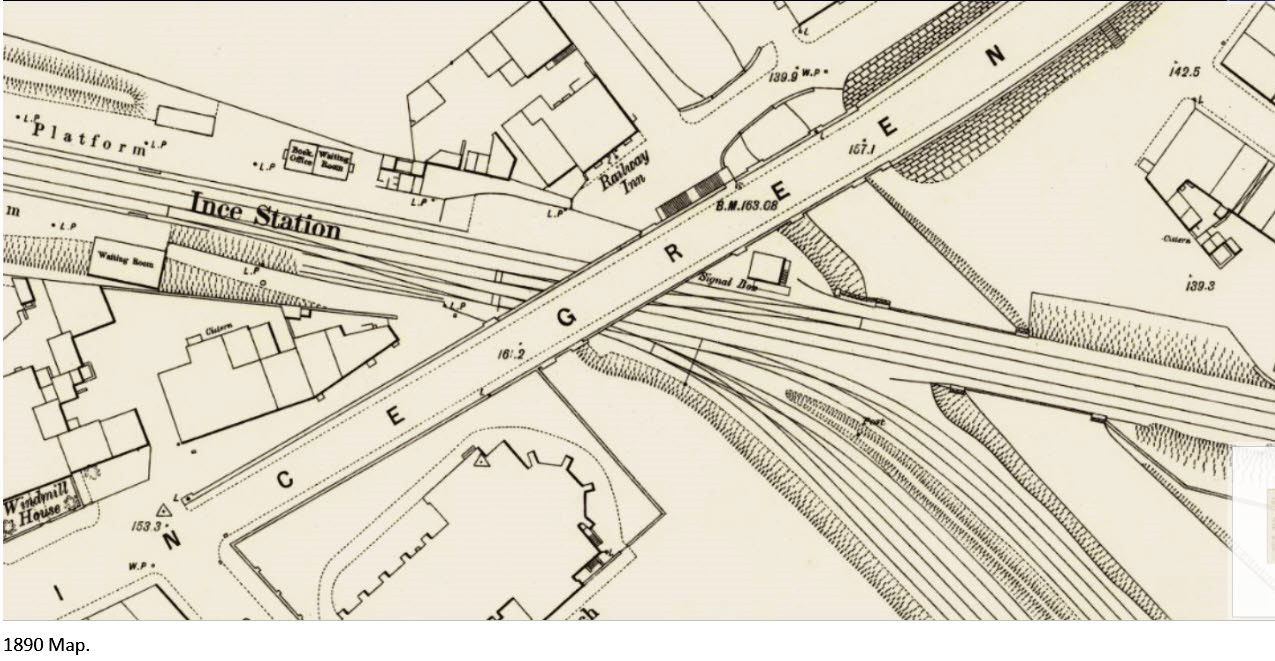
Two years later, he became a sinker at Ince Hall Collieries—a role involving the dangerous and difficult task of creating new mine shafts. His strong work ethic saw him promoted to collier, earning the district’s highest wage of 3s 6d per day. He then moved to Stanley Pit in Scholes, becoming an underlooker while continuing his studies in the evenings. His dedication and perseverance earned him respect throughout the local mining community.
On 15 August 1846, Thomas married Mary Foster, daughter of a stone-mason from Golborne, at All Saints Parish Church, Wigan. They moved into a modest cottage near the railway bridge at Springs Branch, on the road to Platt Bridge, paying 2s 6d in weekly rent. Just two years later, Thomas was appointed underlooker at Old Ince Hall Collieries by Thomas Pearson, a significant step forward in his career. Over the following years, he supervised the sinking of the Top Pit and the development of the Arley Mine. The colliery was operating at a loss and on the verge of closure, but Thomas persuaded Pearson to persevere. He was promoted to manager, and under his leadership, the operation quickly became profitable.
By 1851, Thomas and Mary had two children, Martha and Robert, having lost their first child, Samuel. Sadly, Robert died in 1853, and another daughter, Sarah Jane, died in infancy. Despite these personal losses, Thomas’s professional reputation continued to grow. In 1854, Pearson invited him to become a partner, and the company was renamed Pearson & Knowles. The following year, Thomas took out a lease on the Barley Brook mines in Wigan, marking the beginning of his career as a colliery owner. Later, he and John Pearson, Thomas Pearson’s son, leased the Stoney Lane Pit in Hindley. Following the elder Pearson’s death in the mid-1860s, the three collieries—Old Ince Hall, Barley Brook, and Stoney Lane—were amalgamated.
Thomas Knowles’s interests were not limited to coal. He invested in the iron industry, acquiring works in Ince and the Dallam Forge in Warrington. These businesses were eventually merged with the coal operations to form Pearson and Knowles Coal and Iron Company Limited, of which Thomas was elected the first chairman, a role he held until his death. His commercial ventures also included the Sovereign Mill in Wigan (a cotton spinning mill), a corn mill and model farm in Cheshire, and the Springfield Bleachworks near Bolton. He leased a large sheep farm in Scotland and served as a director of several major companies, including the London and North Western Railway, the Lancashire Union Railway, and the Manchester and Liverpool Banking Company Ltd.
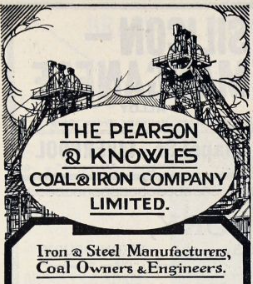
Thomas was involved in numerous local boards and committees. He served on the Ince Cemetery Board and the Ince Highways Board, and from 1863 to 1865, he acted as honorary overseer for Ince. When the Ince Local Board was formed, he became one of its first members. He also briefly served on the Hindley Local Board. From 1859 to 1867, he represented Ince on the Wigan Board of Guardians. In 1863, he was elected to Wigan Town Council as councillor for Scholes Ward and served two terms as Mayor of Wigan (1864–1865). He was also a Justice of the Peace for both Lancashire and Cheshire, a trustee of the River Weaver, a governor of Wigan Grammar School, and a benefactor to the Wigan Mining and Mechanical School, where he awarded an annual gold medal for academic excellence.
Having risen from humble beginnings, Thomas moved to The Platts in Ince and became increasingly active in public life. A generous philanthropist, he donated to many causes, particularly those promoting religion, education, and public welfare. He helped fund the building of Ince Parish Church and its vicarage, and he served for many years as churchwarden. In 1866, his firm built the Hall of Ince Schools in Lower Ince at a cost of £1500 to provide education for the children of colliery workers. One of his final acts of charity was the anonymous donation of £5000 towards the building of St. Mary’s Church in Lower Ince.
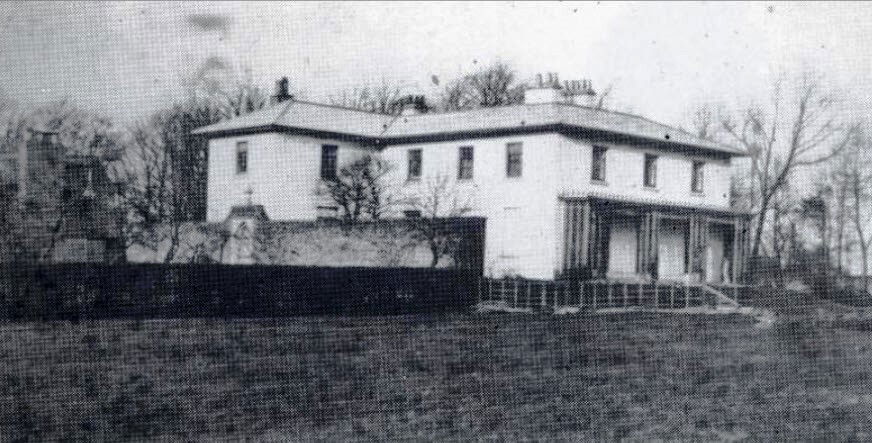 The Platts
The Platts
After Mary Knowles died in 1863, Thomas remarried three years later. His second wife was Mary Longworth, daughter of a bleacher from Little Bolton. In 1871, tragedy struck when an explosion occurred at Ince Moss Colliery. The inquest was held at the Railway Tavern—Thomas’s boyhood home—then run by his brother Adam.
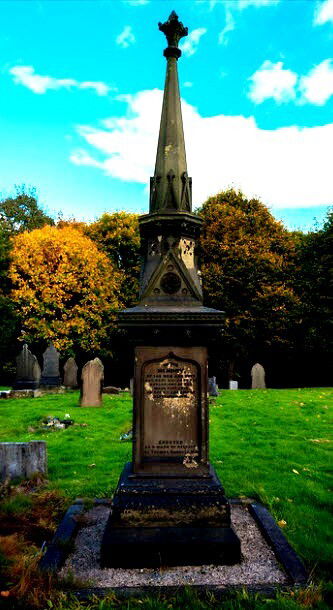 Moss Pit Disaster Memorial
Moss Pit Disaster Memorial
In 1874, Thomas was elected as Conservative MP for Wigan, securing over 2,400 votes. In Parliament, he rarely spoke unless he could offer direct knowledge or experience, particularly on issues of mining safety, working conditions, and the welfare of labourers. He supported expanding education, extending the vote, and improving mine inspections. He helped found the Lancashire and Cheshire Miners' Permanent Relief Society and served as vice-president of the Central Association for Miners Affected by Accidents.
Two of his daughters married prominent men. In 1875, Elizabeth wed John Sutherland Harmood-Banner, an accountant who later became deputy chairman of Pearson & Knowles. In 1878, Martha married Thomas Fielden, son of MP Joshua Fielden. Thomas Fielden himself later became an MP for Middleton. These two sons-in-law, along with Thomas’s brother Israel, acted as his executors.
In 1875, Thomas bought the estate at Darnhall, near Winsford in Cheshire, and later moved there permanently. That same year, he was appointed President of the Mining Association of Great Britain. His second wife died in 1878, and Thomas donated £1000 to a public baths scheme in her memory.
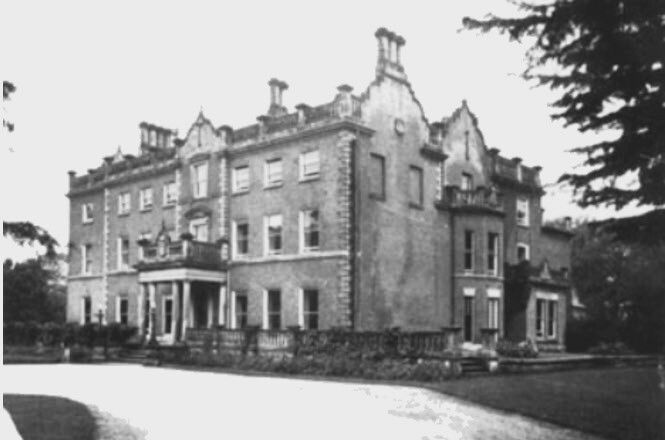 Darnhall
Darnhall
In 1881, he travelled to Canada and the U.S. with a delegation interested in railways but had to cut the trip short due to ill health. He never fully recovered and died at Darnhall Hall on 3 December 1883, aged 59. He left a personal estate worth nearly £195,000—a vast fortune for the time. Thomas was buried in the family vault at Ince Cemetery, the township where his remarkable journey began.
From a pit boy with a dream to a national figure shaping industrial and social progress, Thomas Knowles embodied the spirit of Victorian enterprise and public service. His legacy remains in the communities he served, the businesses he built, and the lives he touched.
Michael Nelson
Sources:
findmypast, Wigan Archives.